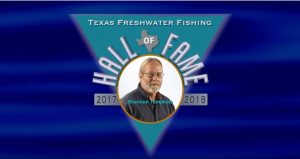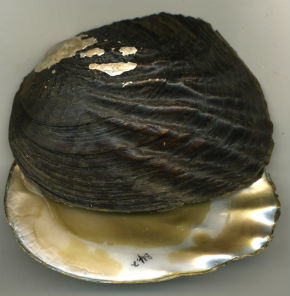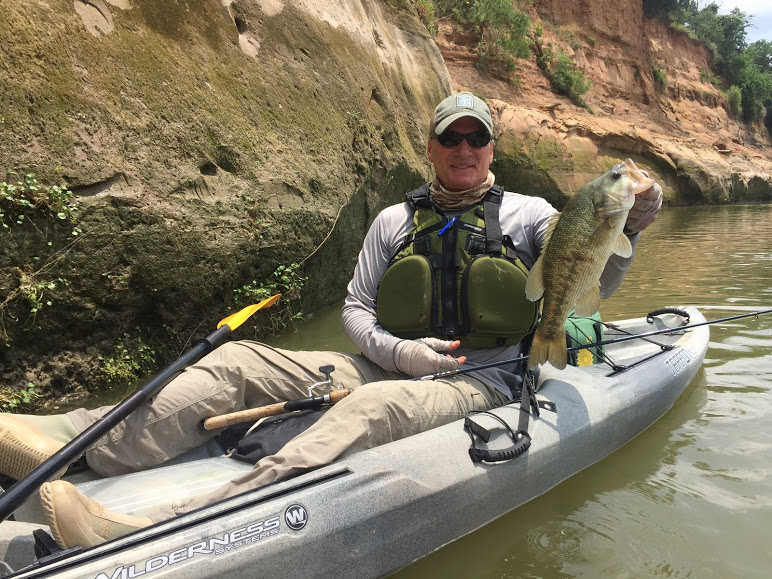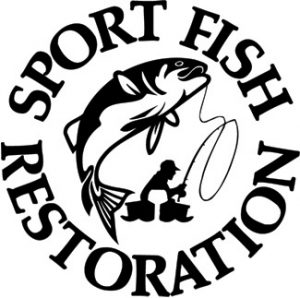TPW TV — Fishing Hall of Fame
Friday, December 7th, 2018This is Passport to Texas
You never know where a shared family experience will lead down the road. In Shannon Tompkins case, it lead him to a love of fishing, avocation as a conservationist and a career as an outdoor writer.
Ya know, I’m lucky I grew up in a family that loved to fish. The memories I have is of me and my brother fishing in farm ponds of east Texas. It’s just always been a part of my life. This is the same country my great, great, great grandfather saw. I’m looking at the same water, catching the same fish that he caught. I write about issues related to fisheries and water; the environment. Because without a healthy environment, we don’t have fish. And so people don’t care about something that they don’t feel a connection to. If they don’t know about this place, they don’t know what’s at stake, they don’t care that they’ve lost it. That’s really been my goal is to let folks know what’s going on out there.
For his dedication to conservation issues, Tompkins, who writes for the Houston Chronicle, was inducted into the Texas freshwater fishing hall of fame. Texas Parks and Wildlife Executive director, Carter Smith.
He brings a very thoughtful, objective voice, of fish and wildlife management or conservation and outdoor recreation in Texas, and Shannon Tompkins is there to tell that story.
Learn more about Tompkins from the people who know him the week of December 9th on the Texas Parks and Wildlife TV series on PBS.
Out show receives support from RAM Trucks: Built to serve.
For Texas Parks and Wildlife…I’m Cecilia Nasti.







 Passport to Texas is a
Passport to Texas is a  Passport to Texas is made available by:
Passport to Texas is made available by: